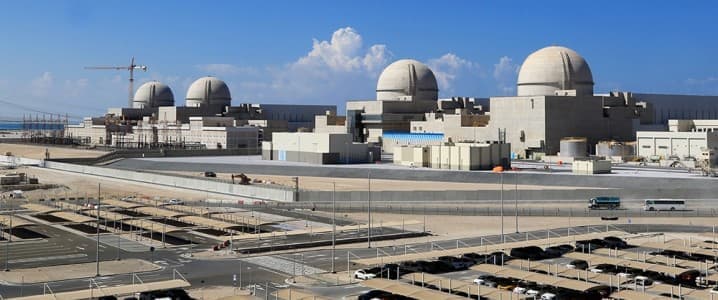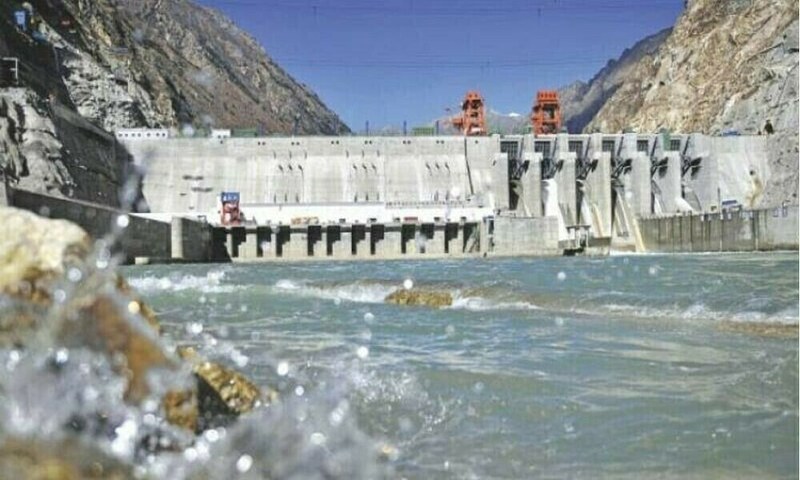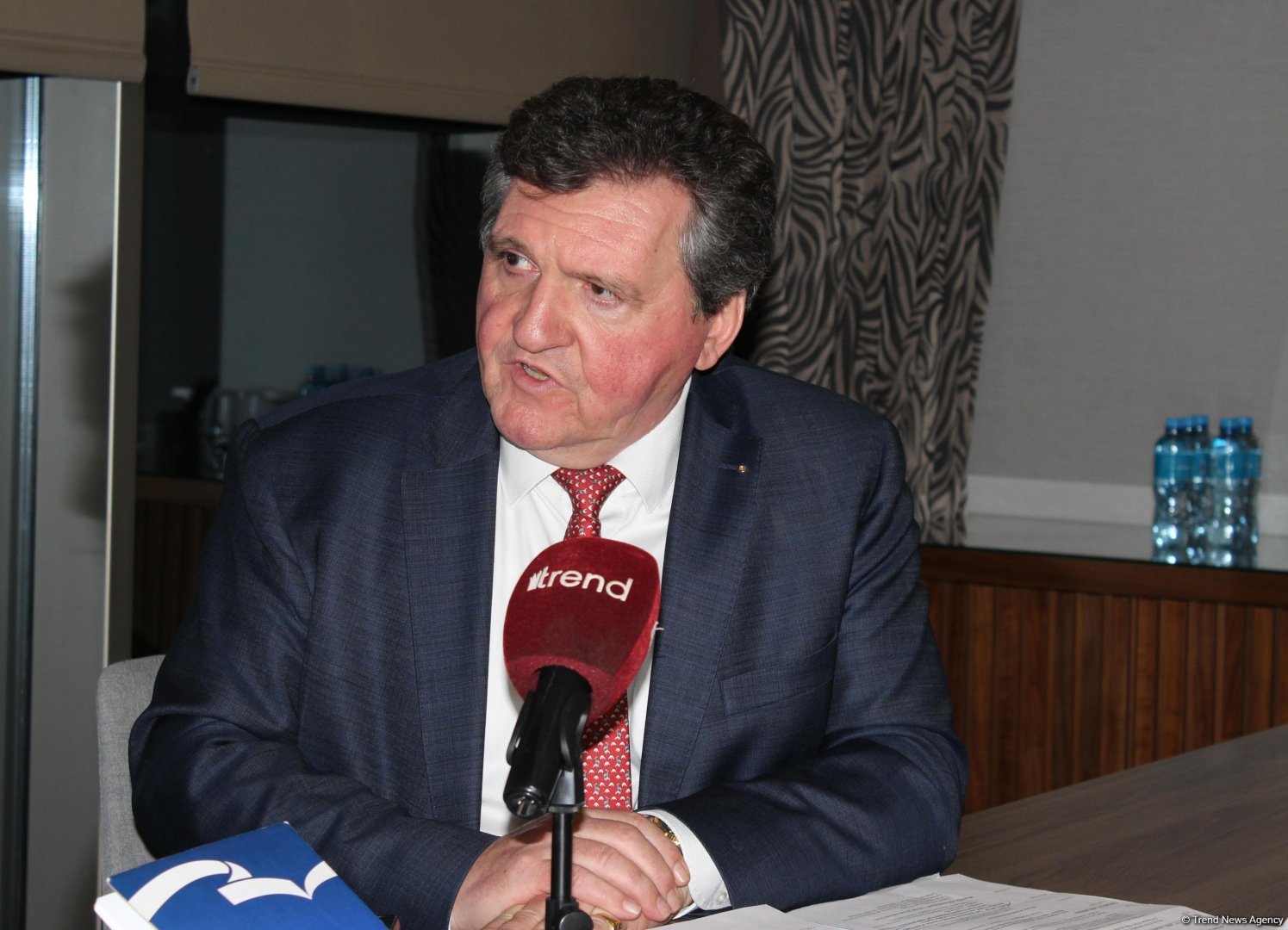
The International Energy Agency (IEA) has revealed that electricity consumption in the Middle East and North Africa (MENA) has tripled since 2000, making the region one with the fastest-growing power demand on the planet. According to the IEA, the explosive growth was mainly driven by expanding populations and rising incomes, with air conditioning accounting for nearly half of peak demand. The energy agency has predicted that MENA will see another 50% increase in electricity demand by 2035 based on current policy settings, driven by urbanization, industrial expansion and rapid population growth.
However, MENA’s energy mix is set to undergo a radical makeover. According to the IEA, natural gas and oil dominate the MENA’s electricity mix, accounting for over 90% of total generation. However, the next growth phase will be driven by natural gas, renewable energy, and nuclear, while oil-fired output will contribute just 5% of total generation by 2035, down from 20% currently. The region’s solar capacity is expected to expand 10-fold to 200 gigawatts by 2035. Renewables’ share in MENA’s energy mix is set to increase to 25% by 2035 from 6% currently, with nuclear power also set to grow in the UAE, Egypt and Iran.
“Demand for electricity is surging across the Middle East and North Africa, driven by the rapidly rising need for air conditioning and water desalination in a heat- and water-stressed region with growing populations and economies. The region has already seen the third largest growth in electricity consumption globally since the start of the century, after China and India. To meet this demand, power capacity over the next 10 years is set to expand by over 300 gigawatts, the equivalent of three times Saudi Arabia’s current total generation capacity,” said IEA Executive Director Fatih Birol.
Related: EIA Rattles Oil Markets With Reports of Crude Oil, Product Builds
Natural gas is expected to contribute half of MENA’s energy mix by 2035. With strong government backing and billions of dollars at their disposal, Middle Eastern oil giants are aggressively expanding into the global LNG market, aiming to nearly double their LNG capacity within the next decade. Companies like Saudi Aramco, Abu Dhabi National Oil Co. (ADNOC) and QatarEnergy are investing heavily in LNG production and trading, driven by the growing demand for natural gas as a transition fuel and a desire to diversify their portfolios beyond crude.
“LNG seems to be still the best bet across all different hydrocarbon commodities,” Ogan Kose, managing director at business consulting firm Accenture, told Bloomberg, adding that margins from LNG investing and trading are “almost unheard of in any other hydrocarbon commodity.”
Whereas natural gas usually plays second fiddle to oil in global energy markets, LNG is seeing sustained demand and faster growth thanks to its role as a bridge fuel in the transition to renewable energy. However, many LNG projects have been hit by delays and large cost overruns, needing extra cash to get them to completion. This opens up an opportunity for cash-rich Gulf nations to flex their energy, financial, and geopolitical muscle in the space.
Unfortunately, not all MENA countries will be able to meet this surging demand. Several Middle East countries have experienced persistent power crises, with countries in conflict zones including Iraq, Syria, Yemen, Lebanon and Sudan among the most affected.
Iraq still suffers from inconsistent energy supplies, more than two decades after Saddam Hussein’s regime was toppled. Three years ago, the oil-rich Iraqi city of Basra experienced mass protests after power line failures triggered rolling blackouts amid searing 50°C temperatures. According to IEA estimates, recurring power shortages cost the Iraqi economy nearly $100 billion between 2014 and 2020. Meanwhile, Lebanese citizens have endured years of intermittent power supply, forcing them to turn to polluting private generators and criminal groups who supply them with fuel from the black market. In Syria, generation capacity has plunged to below 40% of pre-conflict levels, “far below the country’s needs”. Libya has had similar experiences, with power generation capacity halving during the country’s civil strife.
Thankfully, MENA countries are blessed with abundant renewable energy resources that they can tap into to alleviate their power shortages. For instance, Yemen has lately turned to solar power generation in earnest. The country’s first large-scale solar power plant, the 120-megawatt Aden Solar Power Plant, was inaugurated on July 15, 2024. Funded by the United Arab Emirates, this significant renewable energy project is located north of Aden and supplies 150,000 and 170,000 homes with electricity, cutting the country’s reliance on fuel-powered grids. Yemen has been grappling with nearly three decades of electricity crises and fuel shortages after recurring wars severely damaged the national power infrastructure. Whereas solar power currently represents ~10.4% of Yemen’s total electricity generation, that figure is set to double in 2026 after the second phase of the Aden Solar Power Plant goes online.
By Alex Kimani for Oilprice.com
More Top Reads From Oilprice.com
Russian Crude Shipments Hit 16-Month High Despite U.S. Sanctions
BHP Shares Tumble as China Halts Iron Ore Purchases
Kuwait Says Robust Oil Demand Justifies OPEC+ Output Hikes



